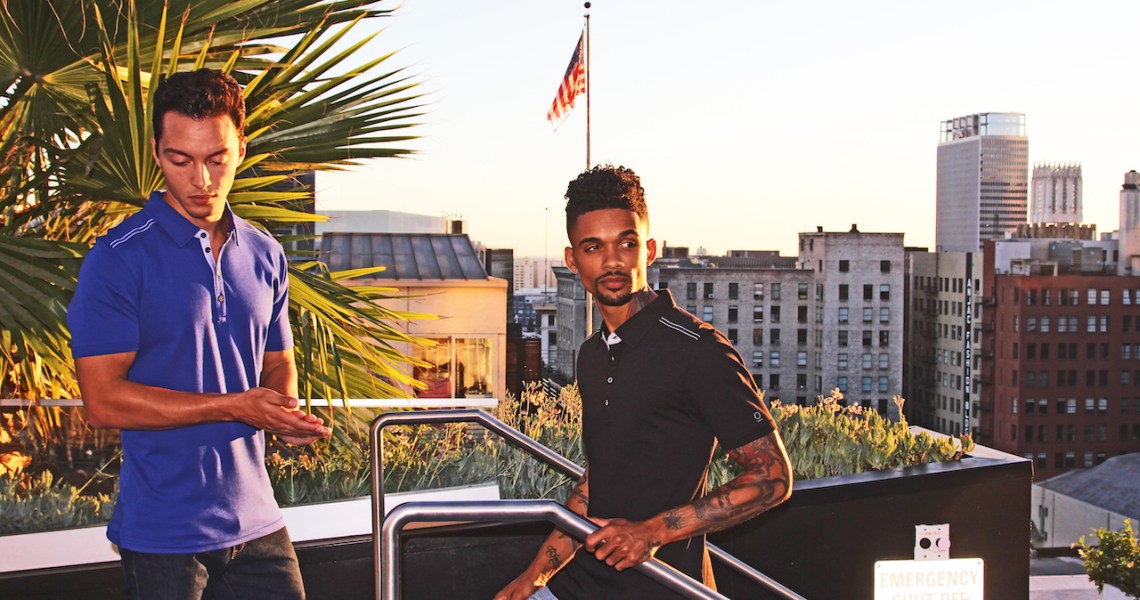The last six months have seen a flurry of news around virtual fitting and augmented reality try-on services, including Walmart’s acquisition of Zeekit in June and Snap’s acquisition of Fit Analytics in March. Even Google has gotten in on the AR-powered try-on game.
One of the biggest benefactors of this change is brands catering to specialty sizes and products requiring particular fits. Brands like ThirdLove, 1822 Denim and Otero Menswear, which have extended sizing, have started integrating virtual fitting rooms to entice customers wary of poor fits from other brands. This also helps to reduce returns, which have skyrocketed during the pandemic.
Otero Menswear, a brand focusing on men under 5’10”, relaunched its online store on Tuesday to make virtual fitting the centerpiece of the entire site. Founder and CEO Steve Villanueva said the brand had featured virtual fitting software on its site before, but it was buried further in the checkout process, after a customer chose their product, color and size. The new site makes virtual fitting the first thing the customer sees and, potentially, the first thing they access before they even start browsing.
To use it, customers answer four quick questions about their height, leg length, waist size and body type. They’re then served up a virtual avatar that corresponds with their answers. From there, the customer can dress the avatar in renderings of Otero’s clothes to see how each size would fit. Going through the fitting process is not required to make a purchase. Villanueva said he prioritized making the process easy, accessible and minimally intrusive.

“It’s a minimal investment of mindshare,” Villanueva said. “You might not have the patience to do a body scan or know your chest circumference, but everyone knows their height, waist [size] and pants length. And with that, we can make a reasonably accurate avatar quickly and easily.”
Virtual fitting’s main benefit is that it helps to reduce returns. In 2020, Americans returned $428 billion in clothes, spurred by store closures and the fact that many people couldn’t or didn’t want to use in-store fitting rooms. But according to Villanueva, virtual fitting helped cut Otero’s return rate down from the industry standard of 30% to 3% in the last six months.
Otero had one retail store in Scottsdale, Arizona, but closed it permanently during the pandemic. Now, the brand does 100% of its sales online.
Bra brand ThirdLove is another company using virtual fitting to cater to specialty sizing. In January, the brand launched a virtual experience called The Fitting Room that combines an online quiz with 3D renderings. ThirdLove is size-inclusive, selling bras in 80 different sizes since 2019. According to Heidi Zak, co-founder of ThirdLove, her customer expects a certain accuracy of fit, and virtual services can help nail that feeling.
“We created ThirdLove to provide a positive alternative to the traditional in-person bra shopping experience, in hopes of eliminating the frustration that often comes with trying to find your correct size,” Zak said.
The waist size of 35% of U.S. customers changed last year, according to data from Levi’s. That means customers will likely be looking for new clothes in new sizes that they’re not used to shopping for.
Raghav Sharma, founder of virtual fitting software company Perfitly, which powers Otero’s new site, said that brands looking to capture some of the growing extended and specialty markets should consider virtual fitting.
“Brands that are more size-inclusive are embracing the technology wholeheartedly,” Sharma said. “Certainly on the plus side, making the same piece of clothing in a larger size can make it look totally different. Being able to show a shopper what something looks like across a broad range of sizes can help a lot [with buying decisions].”




